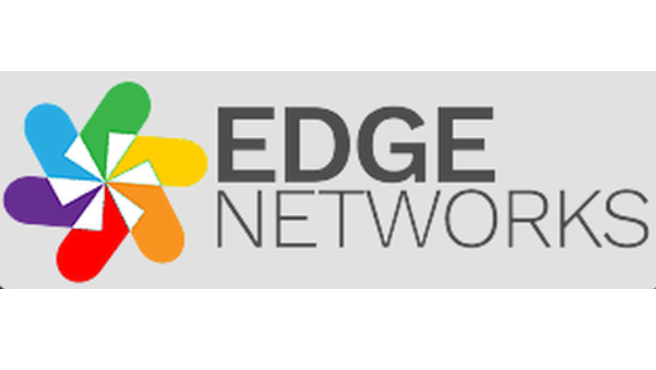Edge Networks to Use ATSC 3.0 to Build Cable TV Alternative
Todd Achilles poised to leverage NextGen TV to usher in wireless “cable” television

LEAWOOD, Kans.—Meet Todd Achilles, president and CEO of Edge Networks. Achilles is an ATSC 3.0 pioneer—not in development of the technology at the heart of the powerful new broadcast standard, but in its use.
Achilles’ plan is to provide second and third tier markets with an over-the-air alternative to traditional MVPDs like cable TV operators. Leveraging the data throughput capability of ATSC 3.0 and the encoding efficiency of HEVC, Achilles envisions delivering “20 times the capacity of a typical broadcaster today” with a roadmap to expand that in the future.
Achilles bases his calculation on the conservative assumption that broadcasters today deliver two 720p HD channels in a 6MHz channel. Thus, he is targeting 40 720p HD channels in a single 6 MHz slice of TV spectrum. “Where we intend to be is an equivalent bundle of channels that you get from the cable company with higher quality at half the price,” says Achilles.
First up is Boise, Idaho. He currently is on-air there with two NextGen TV channels—one a 4K Ultra-HD 2160p channel and the other a 720p channel—in one channel assignment. But that arrangement seems to be a getting-the-toe-wet step for the LPTV operator as his company ramps up to its preliminary commercial service launch later in the year.
Next will be other smaller markets, like Bozeman, Mont., and Twin Falls, Idaho, with the ultimate goal of taking the service nationwide. Achilles plans to use a combination of big sticks and SFNs, depending on factors like the terrain of specific markets. In Boise, a big stick is all that’s needed, he says.
I met Achilles in January at CES 2020, where he laid out his plans for his company’s NextGen TV subscription service. To be sure, there’s still much work to do.
Currently, Achilles is “spending a lot of time educating” program sources and cable networks about 3.0. “They are getting their head around it because it is both broadcast and OTT from their perspective in terms of how you distribute content,” he says.
He’s also developing a service model in which his company will have a far closer relationship with viewers, i.e. customers, than broadcasters typically do today. “We will have a direct relationship with folks in the home, and I think that is really how you get this off the ground and build it,” he says.
Edge Networks is also planning to be an ISP in some of the markets it serves and will exploit the ability of marrying OTA and OTT data delivery to the home where appropriate, he adds.
Will it work? It’s too early to say for certain. But I couldn’t help walking away from my interview with Achilles thinking of Sinclair Broadcast Group’s David Smith and Mark Aitken. How many times have I heard those two during industry panels on ATSC 3.0 respond to questions about how broadcasters might one day use NextGen TV with answers that included OTA subscription TV channel bundles?
It’s good to see that an entrepreneur like Achilles and his Edge Networks actually are trying to do something new and innovative in broadcasting. Let’s hope that theirs is one of the first steps and that others will soon follow with their own innovative business and service models.
Get the TV Tech Newsletter
The professional video industry's #1 source for news, trends and product and tech information. Sign up below.
Phil Kurz is a contributing editor to TV Tech. He has written about TV and video technology for more than 30 years and served as editor of three leading industry magazines. He earned a Bachelor of Journalism and a Master’s Degree in Journalism from the University of Missouri-Columbia School of Journalism.

